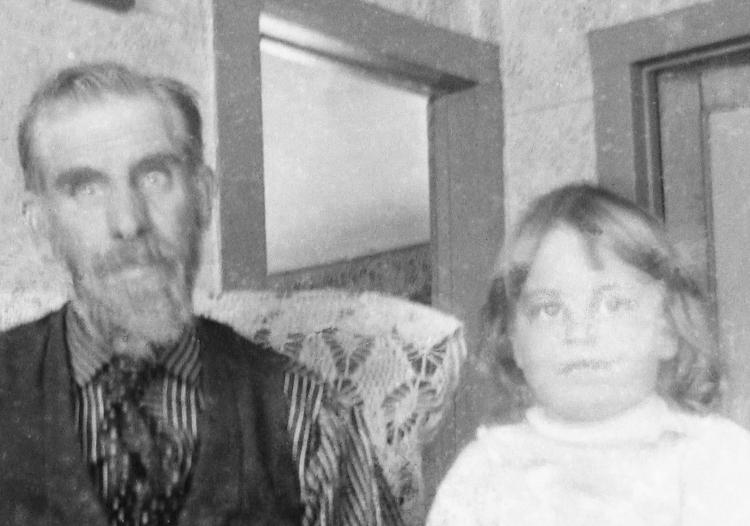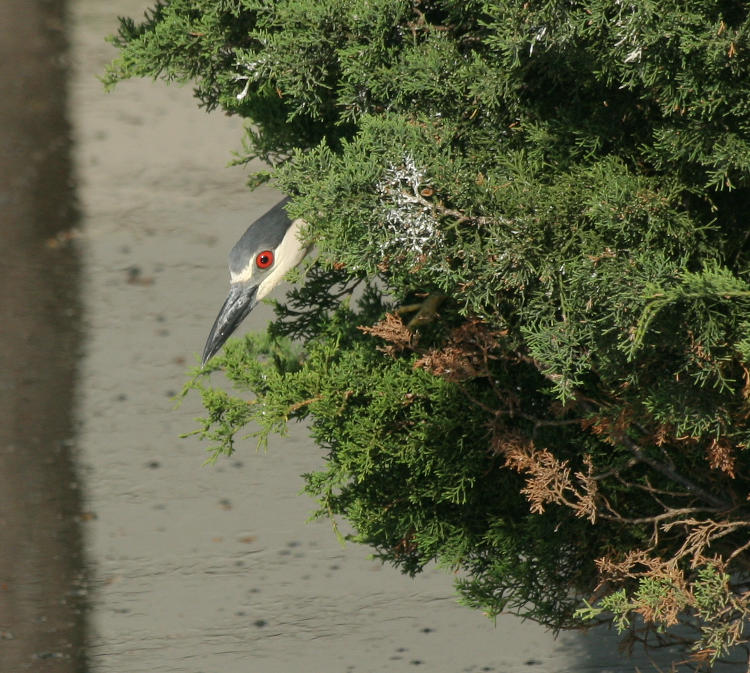I said this was coming, and had intended for it to be the last one of the year, but it ran longer than intended; I wasn’t going to rush it, for reasons that will become obvious.
This began in early December when The Girlfriend was helping move her mother into a new home and brought back a box of family photos. Among them was an old 4×5 inch glass plate negative, broken sometime in the past and now missing a piece. I looked it over carefully, trying to judge the age, but of course it was a negative and thus hard to really discern the details. With as long as I’ve been both shooting my own stuff, and working in a lab making prints from negatives, I still find it hard to mentally invert what I’m seeing. So, out of curiosity, I carefully placed the two remaining pieces on my light table and simply fired off a few frames with the camera aimed from above; I do have a scanner that could handle 4×5 negatives, but it hasn’t played nice with the computer for a while and might simply be fried.
Then after looking over the initial images, I did a little research in cleaning old plates, because the mildew was excessive and highly visible. The non-emulsion side was easy enough to clean, but I started very slowly with just warm water on the emulsion side, already showing notable degradation around the edges, and realized that I would remove the emulsion trying to get the mildew off, so I halted any further attempts. Then I carefully aligned the pieces again and reshot the image.

This is the original light table image, before any level controls or inversion. You can see the darkening of the emulsion around the edges from age, and one other bit that will be more visible in a second: the two pieces had been exposed to different conditions, light or air, over the years and one was notably lighter than the other.

This is the initial inversion, before I tackled adjusting the light levels – this couldn’t be done automatically in software because that missing piece would skew the registers. You can easily see the difference in ‘exposure’ if you look along both sides of the break, and lots of mildew, along with a few scratches. Plus one other peculiar detail if we go in close:

At some point in the past, someone had scratched out the pupils of the eyes of the older gentleman, and I could only speculate on why. It’s easy to blame kids and perhaps not inaccurate, but it was done so specifically (and refer to the original to realize how fine this was) that it might have been done to create a more distinctive pupil in the print. Not the best way to do it of course, but not everyone had the ability to correct this in the darkroom, or by touchup dyes on the print itself.
The worst part is it destroyed too much of the original eyes. While I can do a lot with very selective cloning, copying minute details from one part of the image to reconstruct the damaged part, there was little to copy from, so the eyes would have to be recreated almost entirely. This is what I ended up with at this stage:

Near as I can tell, the eyes were originally blue, so that’s what I went with. Motion blur is evident in several spots within the photo, indicating a long exposure image which lends some weight to this being a quite old photo. But I could see evidence in the girl’s eyes of the main lighting from front, and so not only had to recreate both pupil and iris, but this light as well – and, if you’ve ever had to draw eyes, you know that getting them aimed correctly, not faintly crossed or walleyed, requires careful attention, in this case lots of very close work interspersed with zooming back out for the overall perspective. I’m pleased with the results.
From various cues within the image and the glass plate itself, I’m estimating this as being at least 80 years old, possibly well over a hundred. The Girlfriend did not know who these people are, but from the age I feel pretty confident saying this isn’t her mother in the photo; possibly her grandmother. There’s also a hint of a hatline on the older gentleman, the lack of tan above the brim.
I’m self-taught in Photoshop and GIMP, with little bits of online tutorials here and there, and I did a bit of looking to see if there was an easy way to remove the mildew spots and patches, perhaps by removing just the brightest registers, but found nothing, and nothing that I tried worked, save for simple cloning. All over the image. I stupidly failed to keep careful track of how long this took, but I estimate it (based on the various saved versions that I have) as between fifteen and twenty hours. This is the final version, finished two nights ago, with perspective correction and cropped for printing:

But that doesn’t make the difference as clear as it could be, so let’s go with this:

I’ll be honest: while I see a few tiny details that could have been better, overall I’m pleased with the results, and will be sending this in to print as an 8×10 sometime soon. I also plan to sit down with the other family photos and see if I can spot any clues as to who these people are. Meanwhile, as an exercise to see how my restoration skills are, well, someone might deride the time that it took, but I’m happy to put it in my portfolio at least.
































































